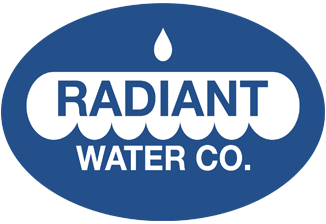 Catalytic – High Activated Carbon
Catalytic – High Activated Carbon
Catalytic – High Activated Carbon (CAT-HAC) may be used for a variety of water treatment applications including the reduction of chloramines and hydrogen sulfide from potable water.
Catalytic-High Activated Carbon (CAT-HAC)
Clack Catalytic Activated Carbon is a high activity coconut shell based granular carbon that is specifically designed for the reduction of chloramines and hydrogen sulfide from potable water.
Manufactured from select grades of coconut shell coal to produce a high density, durable granular product capable of withstanding the abrasion and dynamics associated with repeated hydraulic transport, backwashing and mechanical handling. Activation is carefully controlled to produce exceptionally high internal surface area with optimum pore size for the adsorption of a broad range of low molecular weight organic contaminants and oxidizing agents like chlorine and ozone.
The catalytic activity of CAT-HAC makes it highly effective for the reduction of chloramines and hydrogen sulfide from potable water. Its large micropore volume also makes it particularly well suited for the removal of low molecular weight organic compounds and their chlorinated by-products such as chloroform and other trihalomethanes (THMs).
To obtain maximum efficiency of the activated carbon in the adsorption process, it is desirable to have the greatest possible surface area in the smallest practical volume. This is necessary because the rate of adsorption is proportional to the amount of surface area of the adsorbing media. CAT-HAC has a surface area of 1,060 square meters per gram. This results in high efficiency and greater system economy. Clack has for many years provided activated carbon to the OEM and replacement market as a pre-treatment for other water purification systems as well as for use in individual treatment equipment for the removal of specific impurities.
CAT-HAC requires dissolved oxygen concentration of 4ppm (mg/L) to insure effective removal of iron and hydrogen sulfide.
CAT-HAC requires periodic backwashing to eliminate accumulated suspended matter and to re-grade the filter bed. CAT-HAC has an extremely high capacity but must be replaced when the filter bed loses the capacity for reduction of chloramines and hydrogen sulfide. CAT-HAC may be used in either domestic or industrial applications using gravity flow or pressurized filter vessels.
